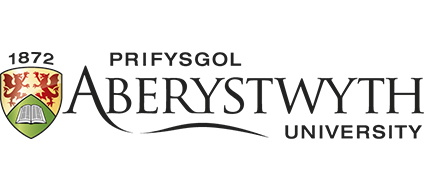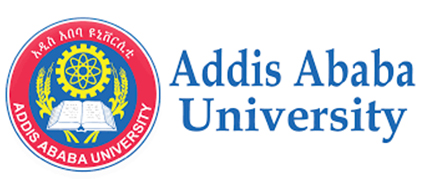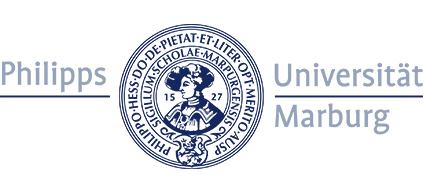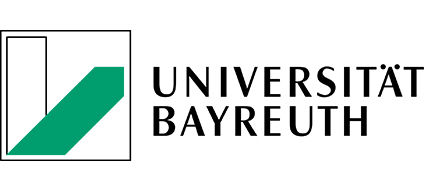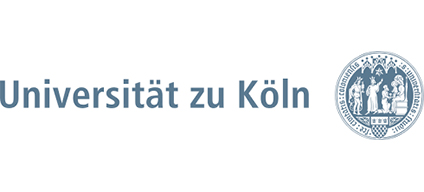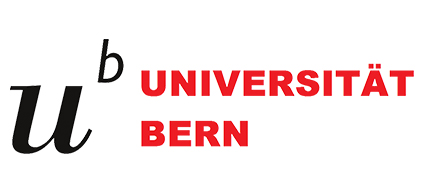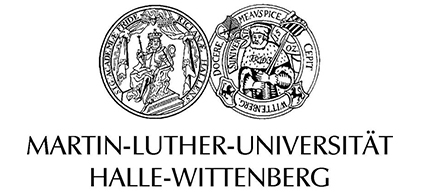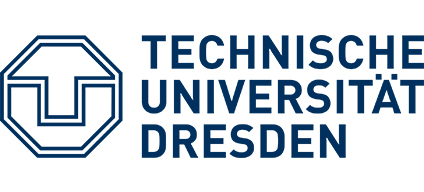Main Content
C2 - Scientific Services and Synthesis
PI: Georg Miehe, Thomas Nauss, Lars Opgenoorth | Binyam Tesfaw Hailu
Scientific staff: Luise Wraase
PhD-Students: Mohammed Ahmed Muhammed
Overview
The major tasks cover (i) the management of the overall data storage and exchange which will also ensure a sustainable usability of the collected data sets after the project and the (ii) promotion of both advanced within sub-project analysis and across-sub-project synthesis through the compilation of higher-level comprehensive data sets and the development and implementation of analysis workflows. For data storage, exchange and synthesis, this platform is implemented. Advanced analysis and synthesis workflows will be implemented to ensure efficient data curation and the compilation of additional baseline and higher-level data sets demanded but not provided by any of the projects or specifically required for overall synthesis activities.
Achievements
1. Support for establishing 10 Weatherstations at Bate Mts. National Park
2. Organization of an interdisplinary Workshop for all of RU 2358, in Marburg April 2018 together with C1
3. Establishement of a combined data base system
- inhabiting tables, documents, graphs, other formats and publications
e.g. archeological site conditions, soil profiles, rockshelter descriptions, coring, chronologies,
geochemistry records and beetle compilations
- Remote Sensing data e.g. Raster, Vector data and aerial images
- Timeseries data from the weather stations and other installed sensors
Synthesis projects and supporting services within all subprojects
The C2 team is curating all data sets collected or processed so far within the RU. Therefore, the
provided datasets are cross-checked, homogenized and stored along with meta-information (creator,
contact, temporal and spatial coverage, abstract and additional information, keywords etc.) following
respective standards.
Domain specific analysis workflows have been included in the climate database module to identify
recording errors and fill (resulting) observation gaps. Further analysis workflows necessary to fulfil data
and information requirements from other projects have been implemented in R scripts and packages
and published as open repositories.
Compiling datasets to encompass the complete mapping of 331 rock shelters and 870 settlements across
the entire plateau including extensive information on human and environmental properties (Reber et al. 2018)
as basis for the field surveys of P1 and P2.
Area-wide Erica patches predictions and vegetation coverage and biomass volume estimates of 47 selected
Giant Molerat mounds based on RGB imagery and structure from motion analysis for disturbance analysis (P3)
Remotely sensed fire time series and location analysis (P3).
Baseline climate information based on time series analysis (P5)
Backward trajectory computations in climate model datasets for the mapping of rainfall event specific moisture
resources to relate ocean basins and isotope records (P5).
Machine-Learning based predictions of area complete climate observations and morphological flow
and confluence analysis for predicting LGM temperature depressions based on beetle endemism (P7).
Publications
Kurth P (2018) M.Sc.Thesis- Distribution patterns and the impact of the Giant Mole Rat (Tachyoryctes macrocephalus)on vegetation composition and plant biomass at the Sanetti Plateau in the Bale Mountains in South-Eeast Ethiopia, Philipps Universität Marburg.
Reber D, Gelaw M F, Detsch F, Vogelsang R, Tamrat Bekele, Nauss T, Miehe G (2018)
High-altitude rock shelters and settlements in an African alpine ecosystem: The Bale Mountains
National Park, Ethiopia. Human Ecology 46: 587-600.
Renken D (2018) M.Sc.Thesis-The regenerative capacity of vegetation in the fire-shaped Ericaceous belt of the Bale Mountains, Philipps Universität Marburg.
